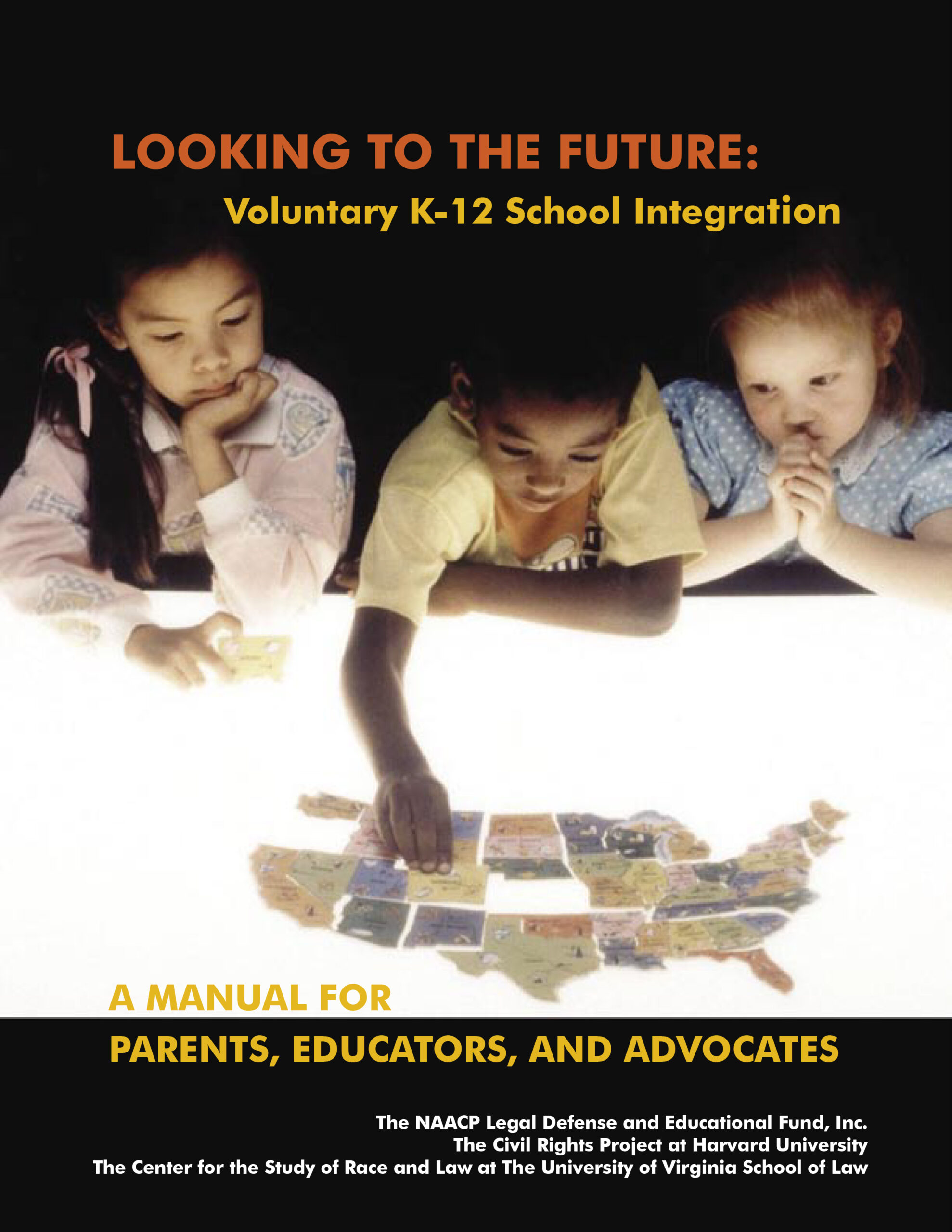A Manual for Parents, Educators, and Advocates
Having just celebrated the fiftieth anniversary of the landmark Brown v. Board of Education decision, our nation finds itself at a critical crossroad. For much of the past fifty years, parents of minority children and community leaders have repeatedly petitioned courts throughout the country, demanding that the judiciary give life and meaning to Brown by ordering recalcitrant school districts to dismantle their racially segregated school systems. In the face of great resistance, and sometimes even violence, these leaders valiantly insisted that their children’s schools act to eliminate the stubborn, persistent vestiges of racial discrimination and that we, as a country, live up to our nation’s highest ideals of equality for all.
In more recent years, however, a somewhat unexpected shift has occurred. Urged by parents and activists, many school districts have come to realize the value of racial and ethnic diversity and its important influence on educating our future citizens. A number of these school districts, as a result, have voluntarily enacted policies and student assignment methods designed to promote racial integration in their schools. In other words, more and more school districts are trying to further racial diversity not out of legal obligation, but on their own accord, as a core part of their educational mission. They do so in recognition of the critical role schools play in fostering racial and ethnic harmony in our increasingly heterogeneous society, and of the significance of an integrated school experience in shaping students’ worldviews. While this development is without a doubt an encouraging one, even as we struggle to achieve equity and integration in education, the law dictates that we proceed with caution.
Although in 2003 the United States Supreme Court affirmed the importance of diversity in higher education specifically, it remains somewhat unclear what this means for the almost 50 million students in our nation’s public elementary and secondary schools. In the absence of explicit guidance from the Supreme Court on what kinds of actions K-12 public schools may take to promote racial integration, school districts and their constituents have been working largely under a cloud of legal uncertainty.
In compliance with the UC Open Access Policy, this report has been made available on eScholarship:
